We can advise you on the best natural building stone for your project based on what’s available at our various quarries.
natural building stone
The usage of natural building stones returns to a very long time ago. Buildings have been embellished for millennia with natural stone because of its aesthetic features, which have been exploited by builders and architects. Originality and individuality are exhibited by these organic construction materials because they may be fashioned into various surfaces through design and production processes. These surfaces can be distinguished by their varying qualities and appearances. A structure that is created out of natural stone is not only beautiful but also extremely durable and stable. Primary materials can be utilized in a wide variety of settings and applications. These materials have been used not only in contemporary architectural endeavors but also in the restoration of works of art and the construction of new structures. The use of these building materials has experienced a fresh revolution in recent years, mostly because of the environmental benefits that they provide. The extraction of stones merely requires a modest quantity of energy. These stones, such as the slates on the roof, have a lifespan of more than ninety years. Because natural stone does not have any substantial contaminants, it is quite easy to get rid of and recycle. The appearance of the stone is not necessarily indicative of its quality. Although the types of stone that are of high quality and premium grade as well as types of stone that are affordable and cheap share the same form and shape, the attributes of each type are wholly different. Which stone should be used in which place is determined not only by the composition and components of the stone but also by the essential environmental conditions, such as the weather in the site and the electrical load capacity of the location. Masons can work on surfaces that are built of natural stone in a variety of ways and employ a variety of techniques depending on the specifics of the project. 
natural building stone types
natural building stone has different types called: Sedimentary, metamorphic, igneous, and also man-made stones are used today. Glaciers, rivers, wind, oceans, and vegetation formed sedimentary stones. Quartz granules make durable sandstone (sand). Usually red or light brown. Fossil stone: limestone with seashells and plants.
- Travertine: creamy or reddish.
- Hot springs deposit calcite.
Limestone/marble.
- Soapstone: a soft talc type.
It is a hard, stain-resistant mineral.
- Limestone: calcite-based.
Black, grey, white, yellow, and brown are common. It stains more than marble. Limestone is seawater-derived. The metamorphic stone develops naturally because of a combination of heat, pressure, and minerals changing one type of stone into another. 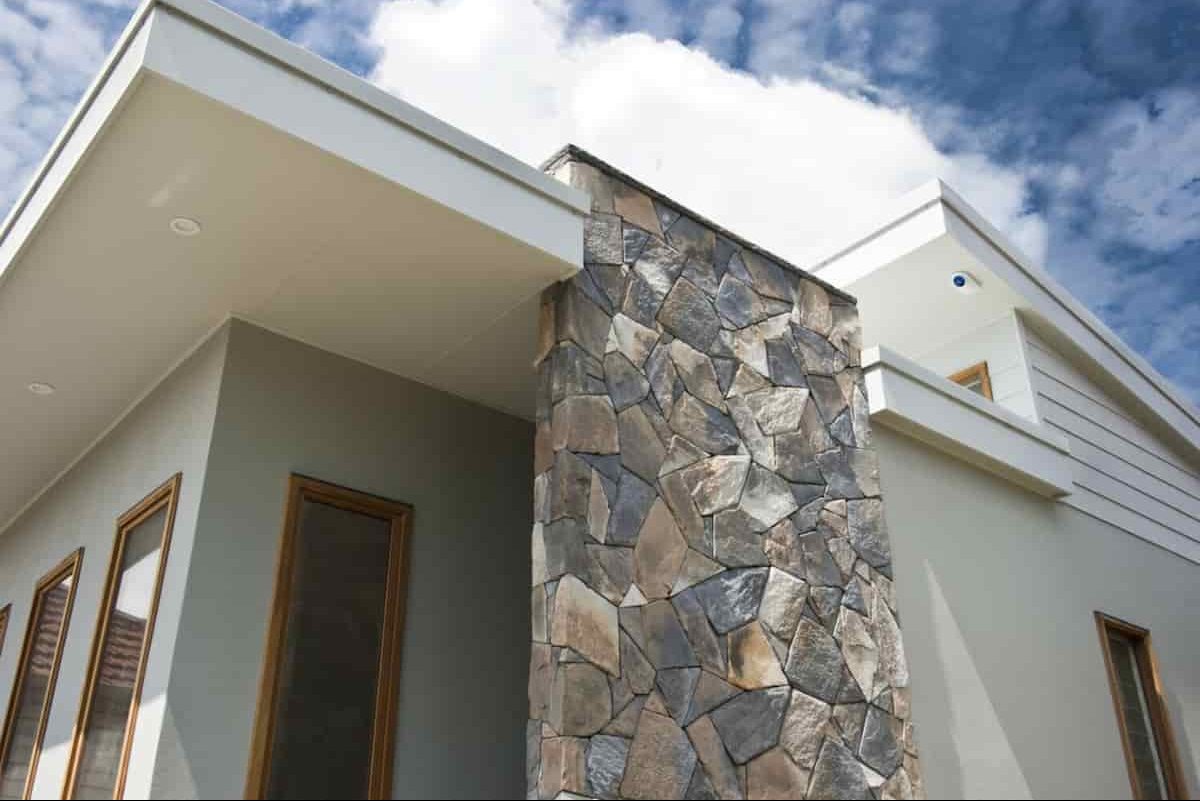 Three categories can be used to categorize marble:
Three categories can be used to categorize marble:
- Marble is a recrystallized form of limestone that was created when limestone underwent mineral changes and softened due to heat and pressure.
1-if it has more than 40% magnesium carbonate, it is dolomite. 2-magnesian: if the amount of magnesium carbonate is between 5% and 40%. 3-calcite: if the amount of magnesium carbonate is under 5%.
- Slate is a fine-grained metamorphic stone made of clay, shale from sedimentary rocks, and occasionally quartz.
Extremely thin and brittle. Usually, green, grey, or black.
- Serpentine: recognizable by marks that resemble the scales of a snake. Green and brown are the most preferred colors.
Magnesium is abundant in serpentine minerals, which are igneous in nature.  Igneous stones are typically created by the action of magma from volcanoes.
Igneous stones are typically created by the action of magma from volcanoes.
- Granite: quartz, feldspar, and potassium make up the majority of the material.
Has darker colors more often. It differs from genuine granite in composition and has relatively little quartz and feldspar.
- Man-made stones are created by adding stone pieces to synthetic materials like resin or cement.
Marble chips embedded in a mixture of colored resin are known as agglomerates or conglomerates.
- Trained or faux a mixture of resins that have been painted or combined with paint to resemble marble is called marble.
- Terrazzo: a cement-based mixture containing marble and granite chips.

natural building stone steps
With natural building stone steps, you can make the most of the outside area you have. To make a safe and easily passable path across the garden, it is necessary to link the different levels together. In some cases, a gentle incline may do, but stairs will be required in others. It depends on the angle and length of the slope whether garden steps or a slope would be more practical. The best materials to use and basic construction techniques for constructing stone steps are covered in this article. For the sake of safety and stability, it is best to utilize a stone product designed specifically for use as a step tread rather than a standard pavement slab when constructing stone stairs. The following are just some of the many benefits that can be gained by choosing a step tread over a regular paver: Paving slabs often fall between a thickness range of 25 millimeters to 35 millimeters. If you plan on using them as step treads, you may want to reconsider their durability. Hand-cut paving stones may have an undercut edge. The reason for this is so that a neat pointing joint can be made when the slabs are finally installed. The undercut edge of such slabs may not be ideal for use as step treads. The undercut edge of a hand-cut pavement slab is also sharp, which may be dangerous for pedestrians. The tapering edge will also prove to be fragile after extended use and separate from the remainder of the edge. sandstone with an additional thickness should be used to make stair treads. It comes in several sandstone colors and textures to accommodate a wide range of pavement designs. Hand-cut, fettled straight edges on extra-thick sandstone are consistent with the riven surface of similar hand-cut sandstone. Since it was hand-fettled to be almost straight, the front edge is not sharp, but it does have a gently undulating surface edge, which is typical of this type of paving. The step treads are available in two sizes and two colors, with extra-thick hand-fettled sandstone in Raj Green or Fossil Mint. Sizes:
- 845 x 845 x 50mm
- 560 x 560 x 50mm
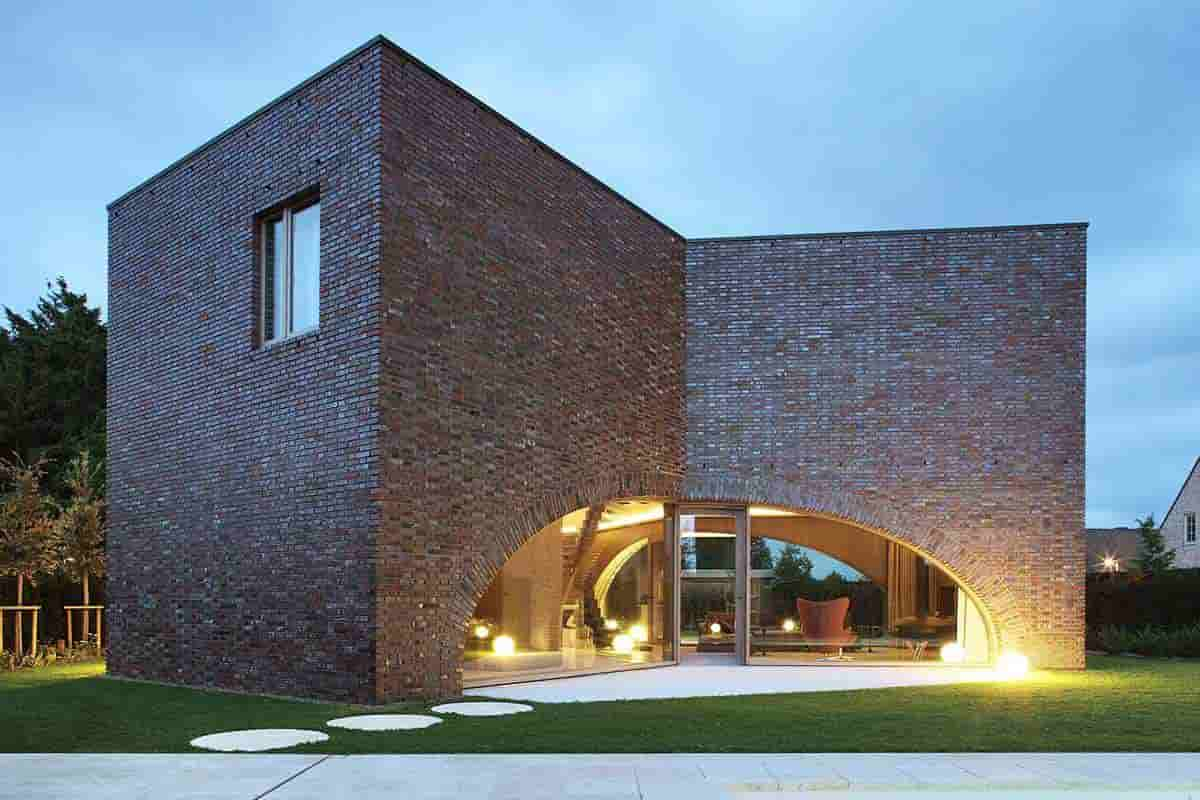
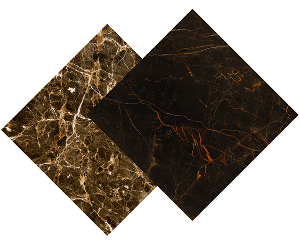
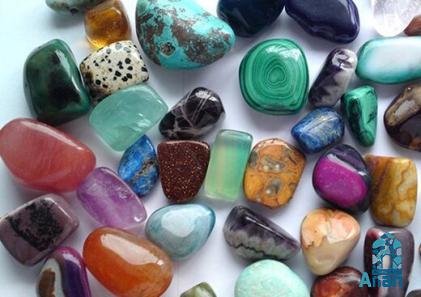

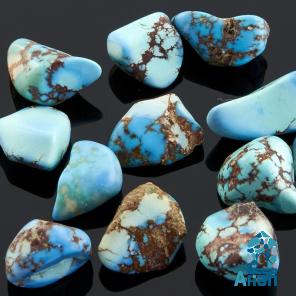
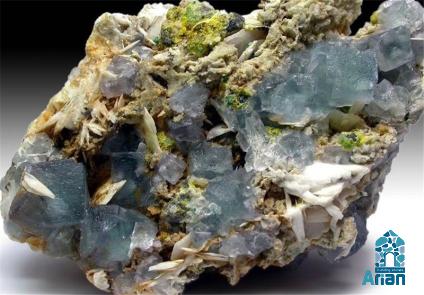
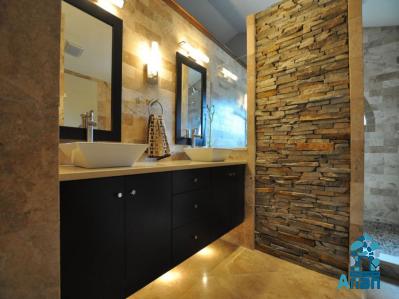
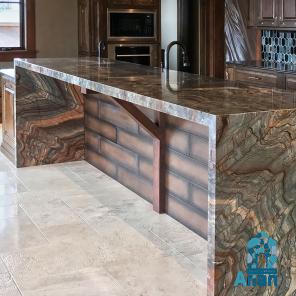
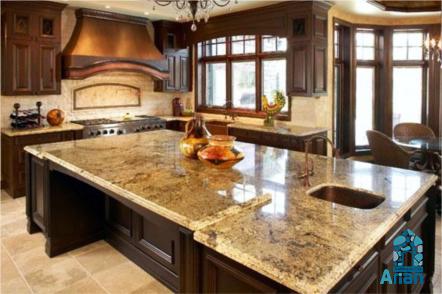

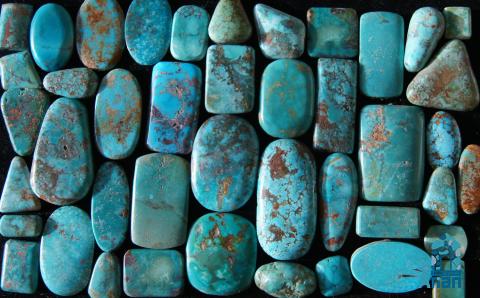
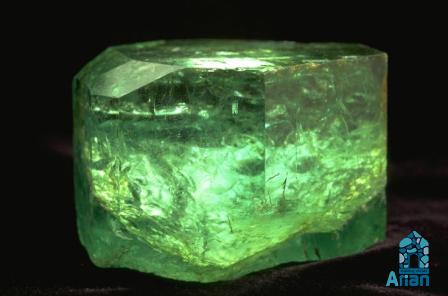
Your comment submitted.